NHSA Blog
Blog posts tagged with 'safe driving'
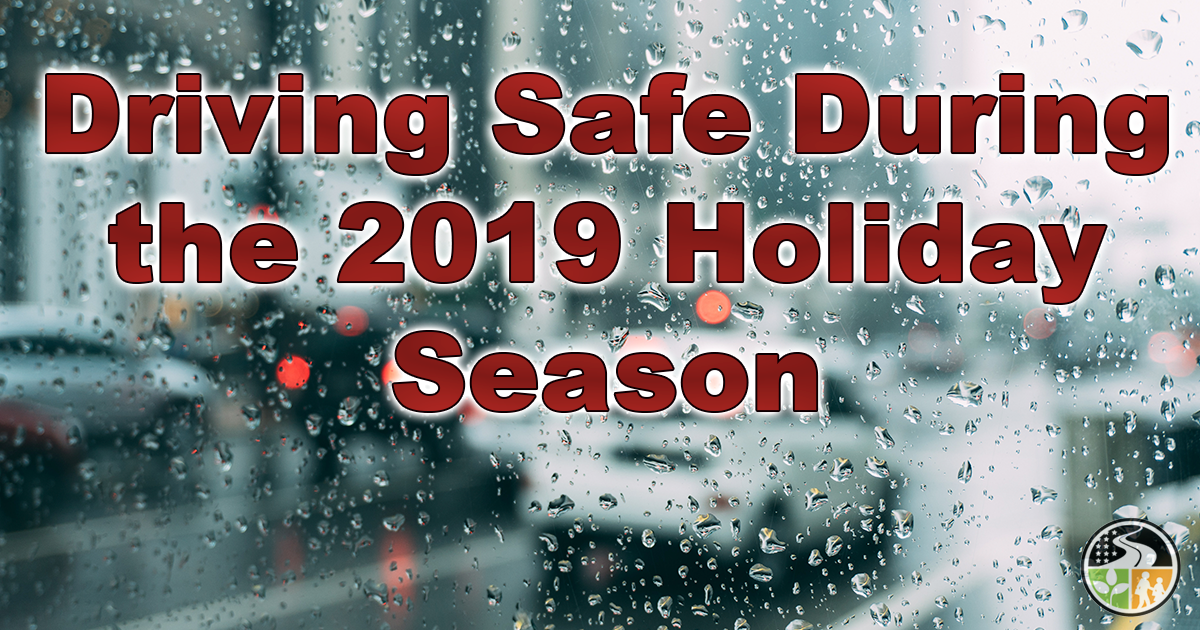
As the year comes to a close, long breaks from school and extra days off work tempt many people to hit the road to visit family and friends. In fact, it is estimated that just during the Thanksgiving weekend alone, over 48 million people in the United States will drive to a holiday destination. But, before you don your favorite winter sweater and load up on snacks for the roadway, here is a timely question to ask: Is driving during the holiday season any different than driving at other times of the year?

One of the pleasures of driving in the fall is cruising down tree-lined roads and admiring those breathtaking autumn colors. However, for drivers, there are hidden dangers in those multi-colored leaves.

In 2017 nearly 6,000 bicyclists and motorcyclists lost their lives when they collided with vehicles. Also in that year, almost the same number of pedestrians were killed in vehicle collisions. The good news is that each of us can do our share to make the roads safer. So, whether you’re a pedestrian, biker, or the driver of a vehicle, you can take steps to ensure that your trips are as safe as possible for you and for those that share the road with you.

While the bright blue skies and additional hours of sunlight might make summer seem like the best time to drive, this is actually not the safest time to drive. In fact, some of the most dangerous months are the warmest ones.

As summer heat and humidity reach their peak, you will want to protect your vehicle. The good news is that you can avoid costly repairs—we'll show you how with this checklist.
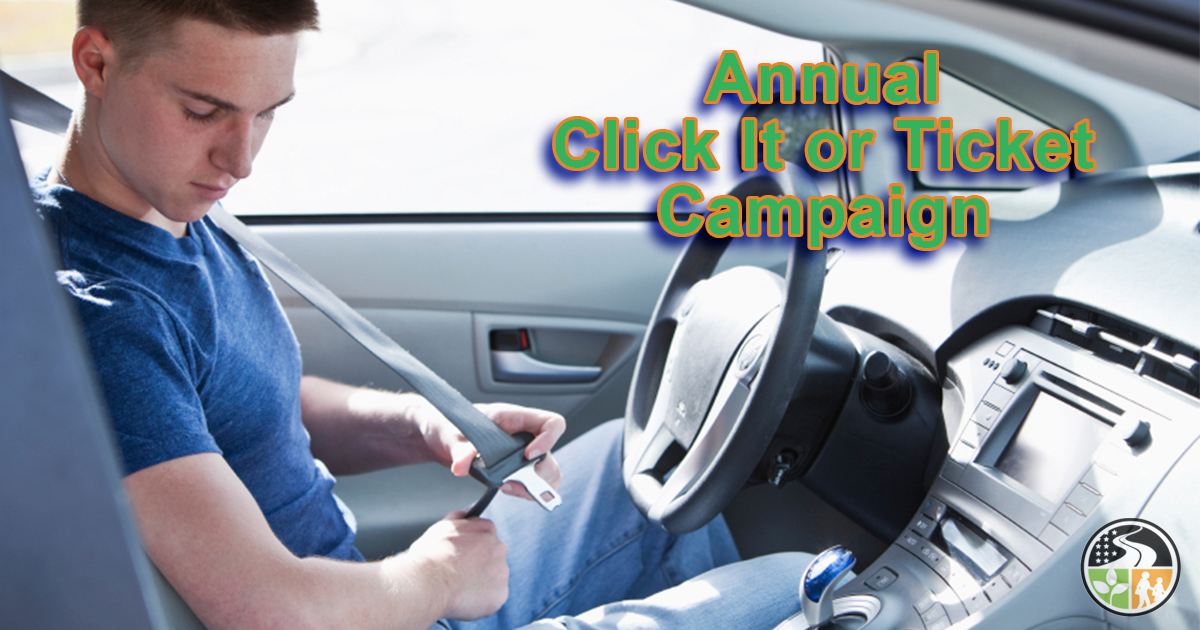
Once each year law enforcement agencies step up their efforts to make roadways a safer place by focusing on a seat belt campaign. They call it the Click It or Ticket campaign. This campaign started in 1993. It encourages drivers and passengers to click their seat belts into place before starting the engine. This year it runs from May 21 to June 3.

In many parts of the United States, balmier weather has finally arrived. After those long grey winter months, people are now dusting off their bicycles, inflating the tires and grabbing their helmets. Families will venture out to ride in parks and public areas. Office workers will mount their favorite bicycle to get to work without the hassle of being stuck in traffic.
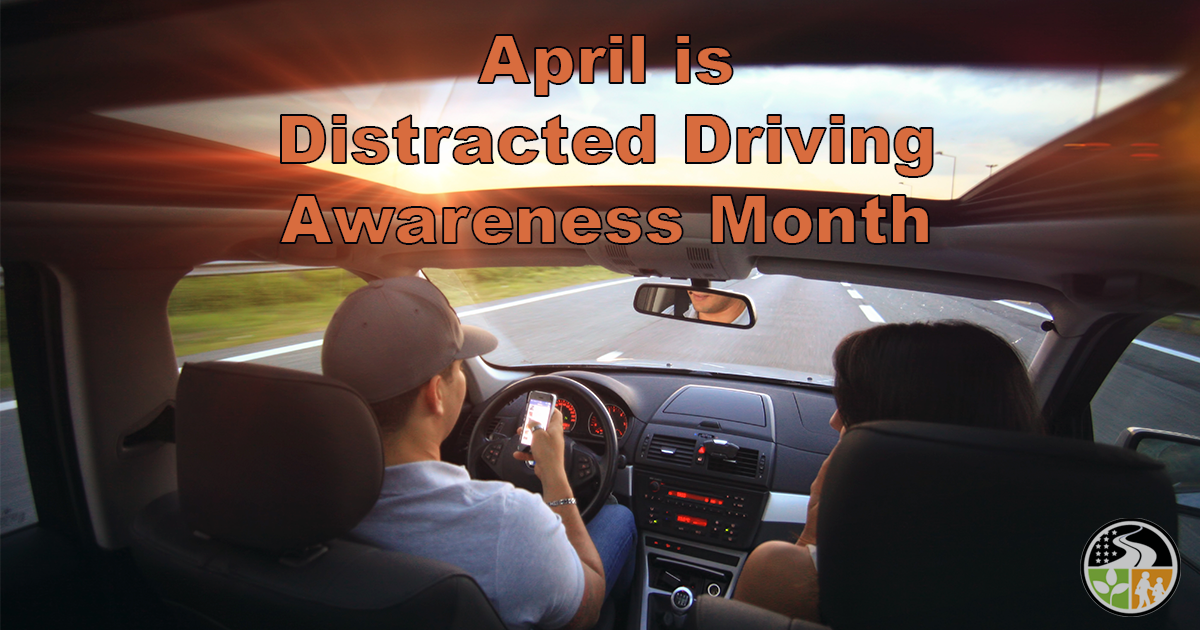
Distracted driving—your first thought may be of cell phone use, but many other circumstances can be just as distracting. For instance, a phone call may suddenly ping in on your dashboard touchscreen, you may be scanning to find your favorite song in an endless playlist, or you could even just be trying to figure out how to move the automatic seat back just one more inch.
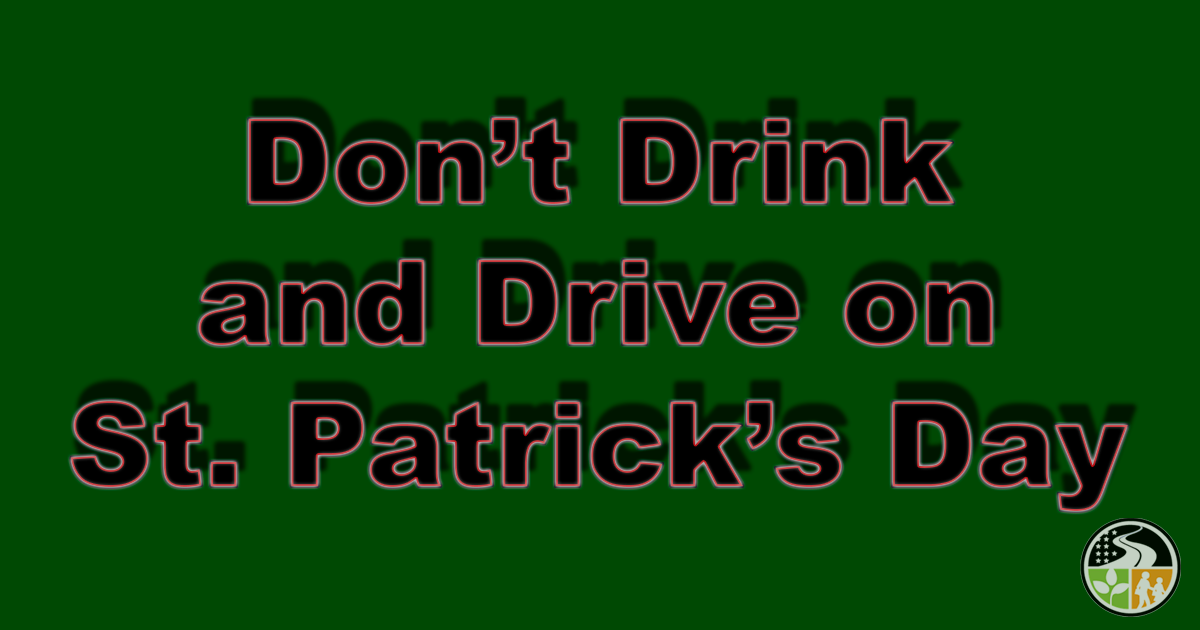
In March, the phrase “Kiss me, I’m green!” seems to apply to everyone, not just the Irish. As the nation gears up for one of the booziest holidays of the year, St. Patrick’s Day, nearly everyone wants to be in on the green-tinted fun. However, if your plans include hitting the road to travel to your favorite pub for some drinks with friends, remember an important point: Even on St. Patrick’s Day it is illegal to drive with a blood alcohol concentration of .08 or higher. Even drinking just a little alcohol will make anyone more dangerous on the road.
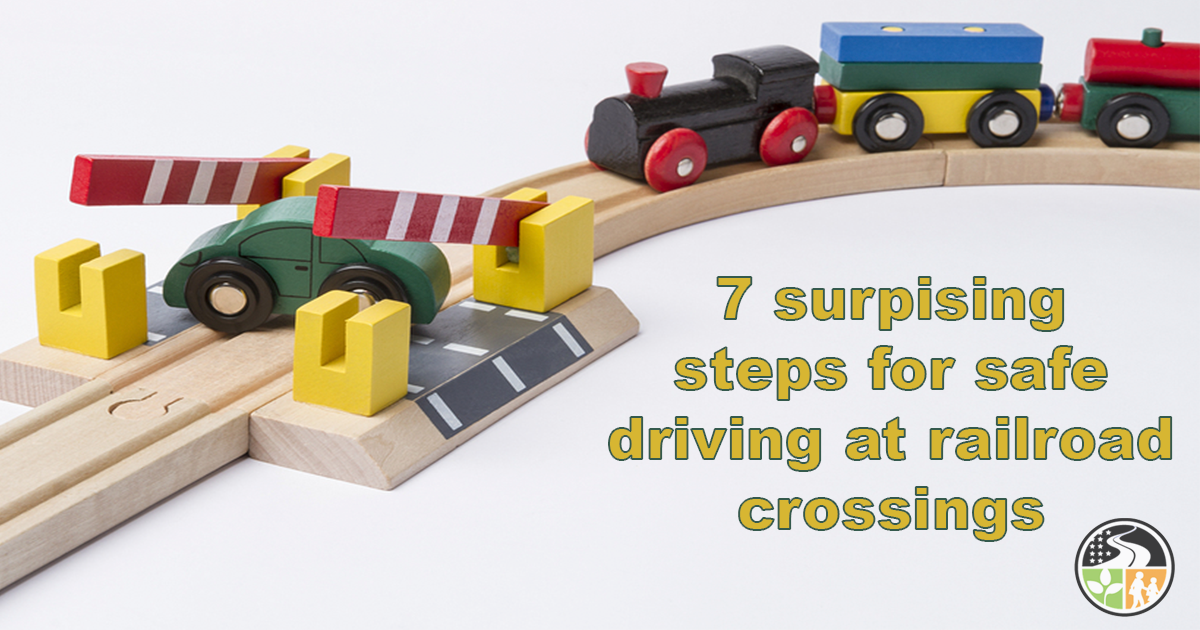
Trying to beat a train at a railroad crossing is a way to lose big – the train will always win. In fact, the driver of a vehicle that crashes into a train is 20 times more likely to lose their life than if they crashed into another vehicle. So how can you drive safely when approaching railroad crossings? Here are a few unexpected rules to follow.

